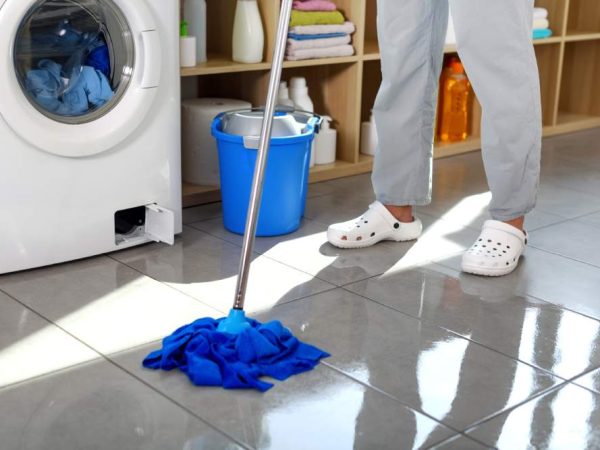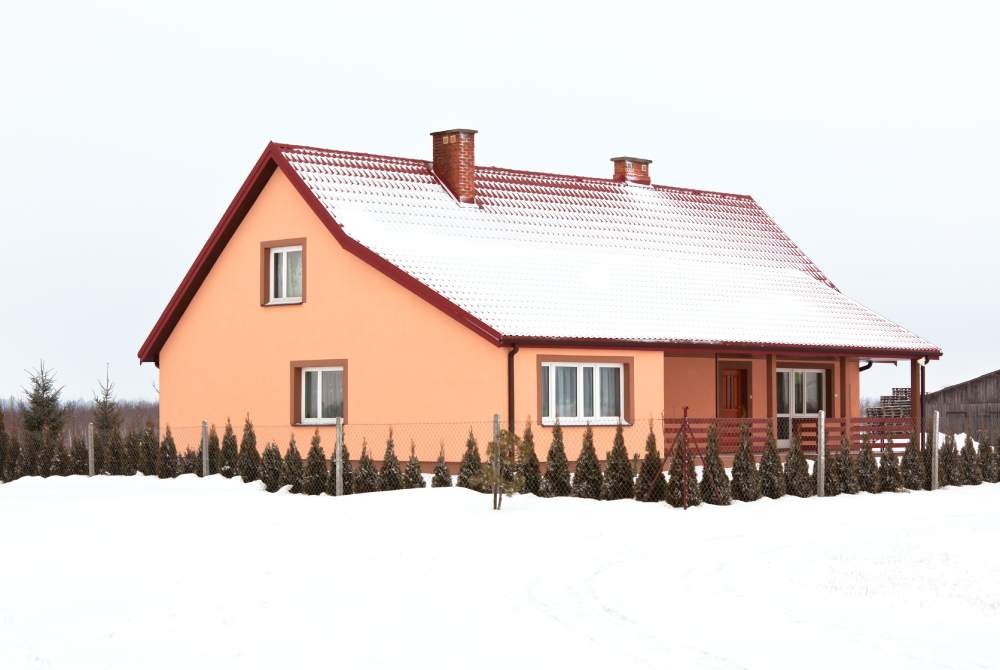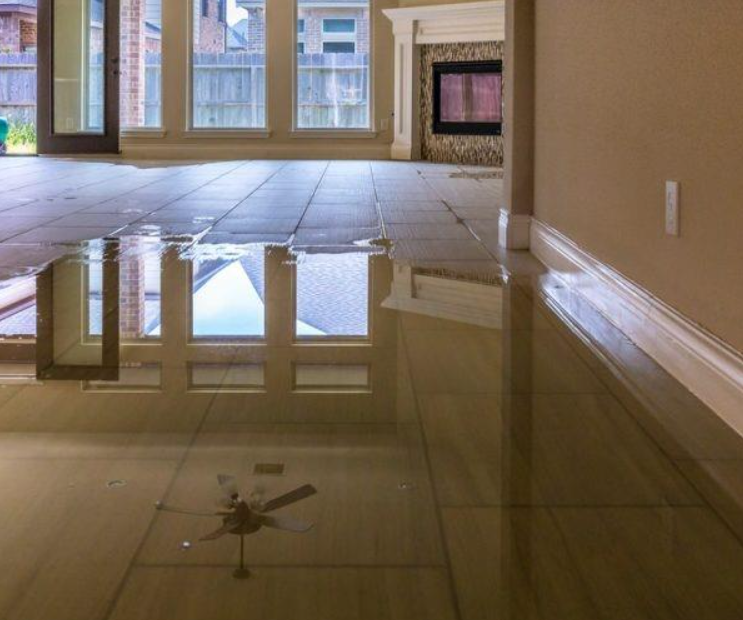Dealing with water in your home is never to be taken lightly but when you notice the start of an appliance leak takes these steps to avoid further damage to your home. We’ve got the top solutions for dealing with an appliance leak.

Dealing with an Appliance Leak
Water Heater
The problem. A leaking water heater can mean many problems- ranging from a loose valve to a corroded water tank. Actually, water pooling around the water heater doesn’t necessarily mean there is a leak, it could possibly be condensation. When you find your water heater to be leaking, determine if it is dripping, spraying, or flooding. Each scenario yields a different solution and we’ll cover that in the next section.
The solution.
Dripping. If you notice water dripping from the water heater, you need to determine where the water is dripping from. Some typical areas to look at: the pressure-relief valve or the drain valve. Lucky for you, this is possibly a DIY fix depending on your level of expertise. A working valve is a necessary component of a water heater and helps prevent excessive build-up of steam that could lead to the water heater exploding.
Spraying. Immediately turn off the main water valve- typically located near the cold water pipe enters. The leak may be coming from the pipes and if this is the case, you may need to call a plumber to fix or repair the pipe leak. If the spray is coming from the hot water tank, it is possible that the tank is corroded and needs replacing.
Flooding. First call a plumber to fix the water heater and then call AmeriClean to remove water from your home. Flooding caused by a water heater can be overwhelming but with the right contacts on hand you’ll have the issue resolved in no time.
>>Read On: What Home Improvements Get The Most Return?
Washing Machine

The problem. If you notice water forming around the base of your washing machine, the likelihood that the water is coming from a pump, drain hose, or hose clamp is the most likely scenario. Some of these are more of a problem than others but we have solutions for all.
The solution.
Have an appliance repair companies on hand in case the repair exceeds your comfort level. A common issue is the fill hoses disconnect from the washer causing the water to spill onto the floor or the drain pan- this is a simple fix with simply reconnecting your fill hose to the machine. If the water is coming from the hose, make sure that the hose isn’t blocked, or the fittings are tightened securely. If it seems that water is coming from the inside of the washer, take the time open up your washer and try to self diagnosis the problem. Some possible issues could include the tub inlet, a siphon break, or tub injection assembly. If you can’t find the cause of the water, call an appliance repair company to resolve the issue.
Dish Washer
The problem. Water is leaking around the front of the dishwasher, the most likely problem is the door gasket. Even a small leak can cause issues, especially if there are hard wood floors near the dishwasher.
The solution.
Pump. A defective pump or pump seal can most definitely cause your dishwasher to leak. Age and detergents can dry out the gasket and create a leak.
Door Gasket. If water seems to be leaking around the front of the dishwasher, it is most likely the door gasket. The door gasket or seal is normally made of soft rubber and goes around the door of the tub and helps create the watertight seal. Over time, it can become less flexible or brittle and decrease the ability of the seal.
Water Inlet Valve. This valve feeds the water from the home’s main water line into the dishwasher and could possibly be the source of your leak. Inspect the supply connection to the valve to make sure it is secure and not the source of the leak- check for cracks or tears in the hose.
>>Check out some DIY repairs for your dishwasher issues here.
Refrigerator
The problem. If your refrigerator is leaking, you might have a clogged or freezing defrost drain. According to I Fix It, if the defrost drain freezes the defrost water will overflow the drain and drip down to the bottom of the compartment. If enough water accumulates in the bottom it can run out onto the floor.
The solution.
Do your best to pull your refrigerator out from the wall in order to prevent possible water damage to the surrounding walls. Check your defrost drain for freezing or for possible clogs- if the drain clogs the water will back up into the freezer and then eventually leak to the bottom of the fridge and out onto your floors.
Accessing The Drain:
Side-by-Side: Open the door of the freezer and look at the bottom of the freezer to find the drain, you may have to remove the evaporator cover to get better access.
Bottom Freezers: Disconnect the power before attempting to access the drain. The drain on bottom freezers can be difficult- you might have to remove the door and the evaporator cover.
Top Freezers: A lot of newer top freezers have a solid drain down the line of the refrigerator, so the only access point is in the freezer.
Unclogging The Drain
Once you access the drain you must unclog the drain to allow proper flow of the water. Begin by removing the ice from the drain, by using a turkey baster and hot water to the thaw the ice. Next you need to clean out the drain by using bleach and baking soda.
About AmeriClean, Inc.
AmeriClean, Inc was established in 1986 by Bob Eriks in a small warehouse as a provider of Fire Damage Restoration for Northwest Indiana. Fast forward to today and AmeriClean’s services include Carpet, Upholstery, Air Duct, Area Rug, Ceramic Tile Cleaning; as well as: Water Damage Restoration, Fire Damage Restoration and Mold Remediation. With 30 years of experience, AmeriClean, Inc. is now a leading name in water, fire and restoration services for both residential and commercial properties. For more information, visit our website or call 800.654.9101.









